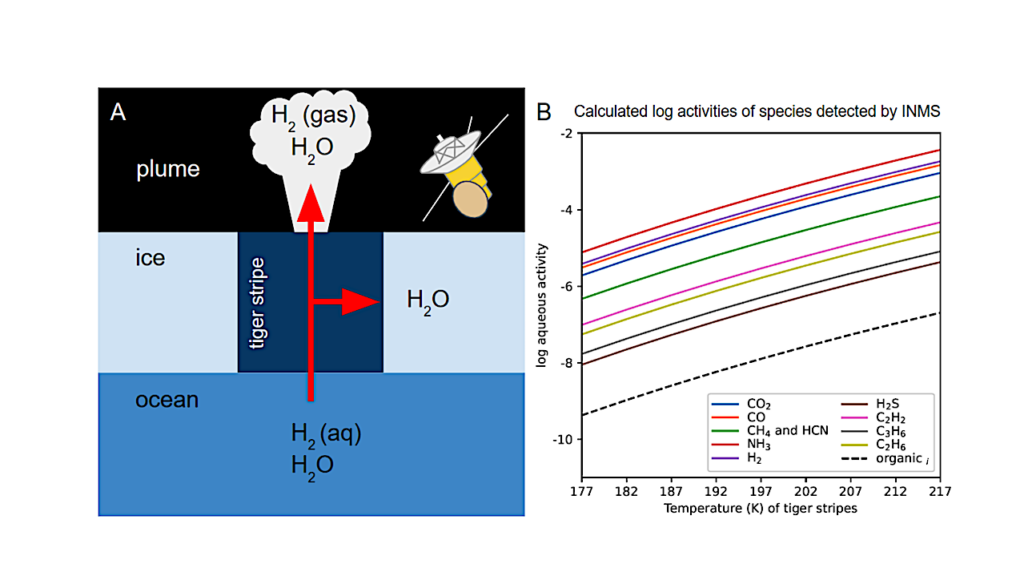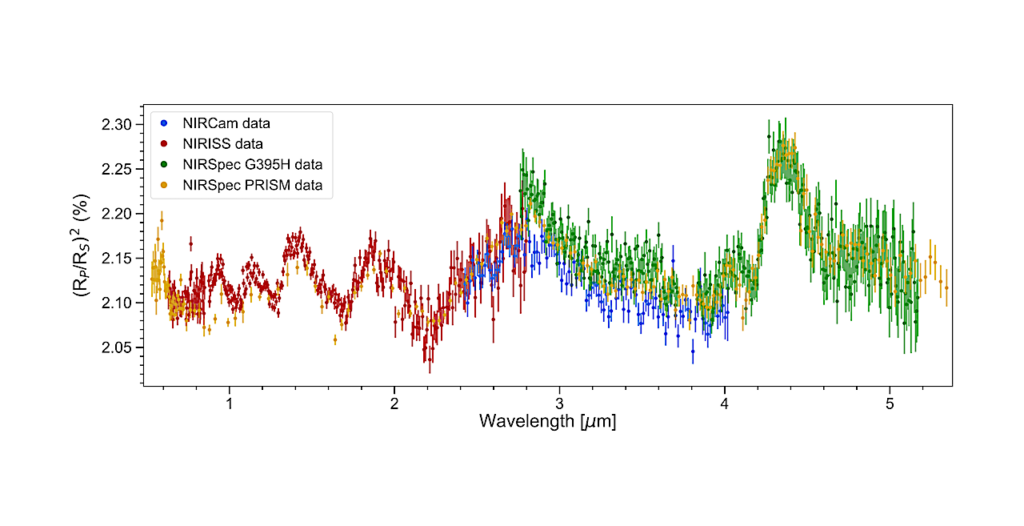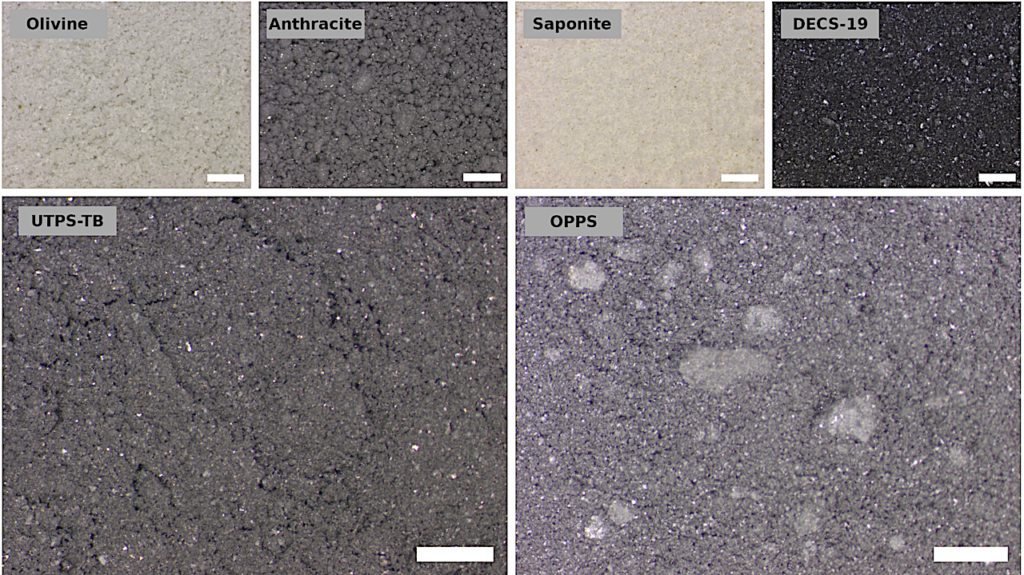Carbon Cycle Instability For High-CO2 Exoplanets: Implications For Habitability

Implicit in the definition of the classical circumstellar habitable zone (HZ) is the hypothesis that the carbonate-silicate cycle can maintain clement climates on exoplanets with land and surface water across a range of instellations by adjusting atmospheric CO2 partial pressure (pCO2).
This hypothesis is made by analogy to the Earth system, but it is an open question whether silicate weathering can stabilize climate on planets in the outer reaches of the HZ, where instellations are lower than those received by even the Archean Earth and CO2 is thought likely to dominate atmospheres. Since weathering products are carried from land to ocean by the action of water, silicate weathering is intimately coupled to the hydrologic cycle, which intensifies with hotter temperatures under Earth-like conditions.
Here, we use global climate model (GCM) simulations to demonstrate that the hydrologic cycle responds counterintuitively to changes in climate on planets with CO2-H2O atmospheres at low instellations and high pCO2, with global evaporation and precipitation decreasing as pCO2 and temperatures increase at a given instellation.
Within the MAC weathering formulation, weathering then decreases with increasing pCO2 for a range of instellations and pCO2 typical of the outer reaches of the HZ, resulting in an unstable carbon cycle that may lead to either runaway CO2 accumulation or depletion of CO2 to colder (possibly Snowball) conditions. While the behavior of the system has not been completely mapped out, the results suggest that silicate weathering could fail to maintain habitable conditions in the outer reaches of the nominal HZ.
R.J. Graham, R.T. Pierrehumbert
Comments: Accepted for publication in ApJ
Subjects: Earth and Planetary Astrophysics (astro-ph.EP)
Cite as: arXiv:2405.05396 [astro-ph.EP] (or arXiv:2405.05396v1 [astro-ph.EP] for this version)
Related DOI:
https://doi.org/10.3847/1538-4357/ad45fb
Focus to learn more
Submission history
From: R.J. Graham
[v1] Wed, 8 May 2024 19:55:13 UTC (700 KB)
https://arxiv.org/abs/2405.05396
Astrobiology








